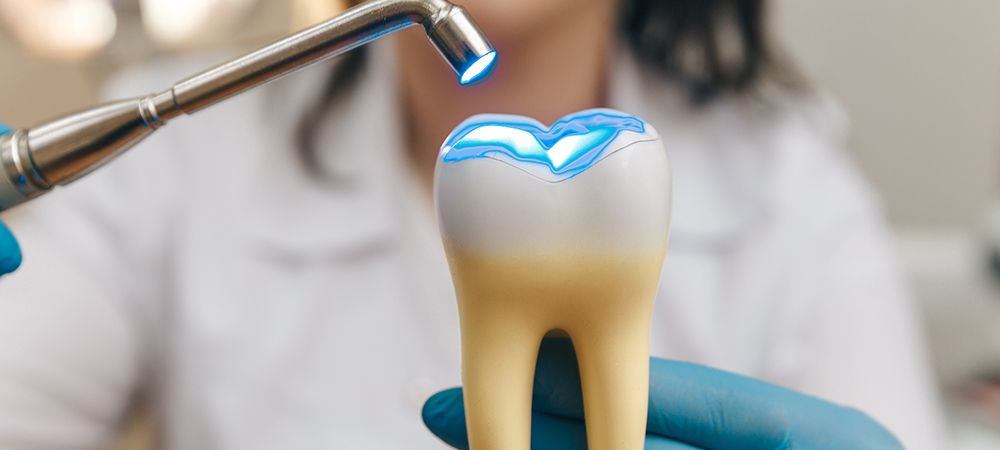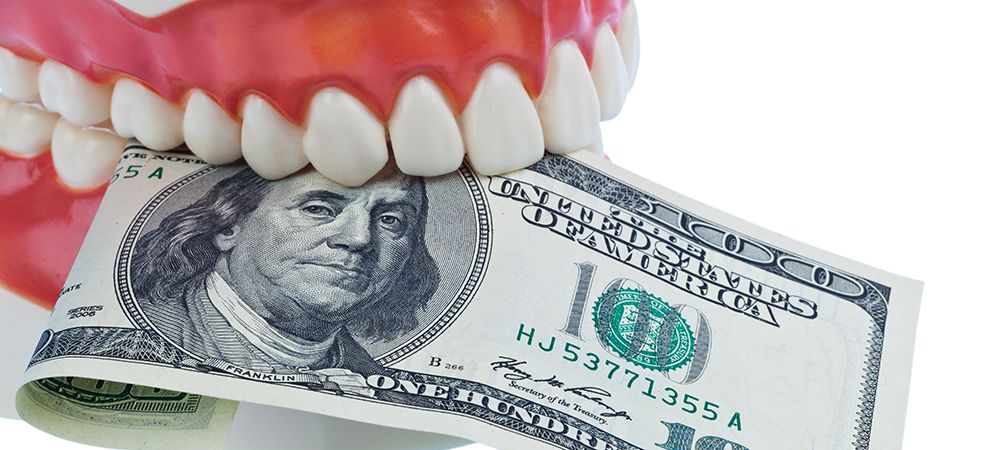Dental fillings are a common procedure that will help to save damaged teeth. Most often made of porcelain, silver amalgam, gold or composite resin, fillings work to repair damage caused by decay or trauma to a tooth. However, though the procedure is common, you may still have concerns about the process and the cost. Fortunately, fillings are among the more affordable dental procedures and most are at least partially covered by insurance. Even more importantly, a filling can save your tooth and help you avoid more costly and more painful procedures if your tooth is left untreated.
Here we will look at the cost of getting dental fillings in Toronto including factors that affect cost and the advantages of dental fillings.
Range of Dental Filling Costs
Silver amalgam fillings are the most affordable of the dental fillings and can be as little as CAD75 when combined with dental insurance. Without insurance, you can expect to pay around CAD150 but up to CAD375 depending on several factors. Resin fillings are also very common and have the added benefit of being able to be matched to your natural tooth color. These are slightly more expensive with a range of around CAD200 to CAD450. Gold fillings are more often used for larger cavities, crowns and partial tooth replacement. As such, they will typically be the most expensive option.
What Affects the Cost of Dental Fillings?
In addition to the costs associated with dental filling materials, these other factors will also affect the final price:
Location of Filling: Typically, teeth nearer the back of your mouth will be more expensive. These teeth are more difficult to operate on because of their location and, therefore, require more time and often more materials as the teeth are larger as well.
Insurance: Dental insurance in Canada very often will cover at least half of a filling’s cost. There are exceptions and additional costs may be incurred for sedation or other services. If you have insurance, it is best to check with your provider before proceeding as you may also have a deductible to consider. In some instances, your dentist may be able to offer you a discounted rate if you pay out of pocket.
Type of Filling: When thinking of dental fillings, most patients associate this with the simplest form of a filling where a small decayed portion of a tooth is removed and a filling material is placed. However, a filling can also include crowns, root canals and dental bridges. Each of these are more involved procedures that can require additional costs.
Sedation and Other Costs Associated with Dental Fillings
For small fillings, your dentist is likely to administer a local anesthetic which is a numbing agent applied or injected into the tooth receiving the filling. This is typically covered by your insurance or included in the total cost of the filling.
However, if you require oral surgery or have multiple fillings to be done at one time, you may require sedation which is often not covered by insurance. These sedation types include:
Nitrous: The most common form of this will be nitrous oxide (aka laughing gas) and is a relatively inexpensive and mild form of sedation. You can expect to pay as little as CAD35 or up to around CAD100.
Orally Administered Sedation: Oral sedation comes in the form of sedative drugs that you will take prior to the procedure. These can range from CAD150 up to CAD475.
General Anesthesia and IV Sedation: While these forms of sedation are used for dental procedures, they are very unlikely for any kind of filling. General anesthesia is typically only used for complex oral surgery and will need to be performed in a hospital setting. If you are in a rare position where you need these types of sedation for dental procedures, their cost will range from around CAD500 to CAD800.
Other Factors: Which Filling Material Type is Right for You?
Aesthetics: While cost is certainly a factor in deciding which filling type to get, there are other issues to consider. For many patients the decision is often between silver amalgam and composite resin. While silver amalgam is typically the cheapest option and one of the longest lasting, it is not as aesthetically pleasing. Composite resin, in contrast, can be matched precisely to your natural tooth color.
Longevity and Long Term Effects: Also, while silver fillings may last for 10 years or more compared to five years for composite, they may promote additional decay to your tooth. Since silver expands and contracts with temperature changes, this can cause temporary spaces to open in the teeth. Bacteria can get trapped in these spaces and cause cracking and decay. Resin is not affected by temperature this way.
Process: For all fillings, some portion of your tooth will need to be drilled away to both remove any decay and to make room for the filling. However, much less needs to be removed for a resin filling since this material will bond to your tooth. Silver, in contrast, will not bond and will require more of your tooth to be drilled away. Removing more of the healthy tooth can compromise its structural integrity.
Location: Your dentist will be able to tell you which option makes the most sense based on the location of your filling and your budget. Fillings located in the back of the mouth are often better candidates for a silver filling because they will not affect the appearance of your smile and are more durable.
Conclusion
Dental fillings are a common and important part of your oral care. For the majority of cases, this is a simple procedure with little pain and a lower price tag compared to more invasive dental procedures. If you are concerned about the cost of a filling, talk with your dentist about payment plans and other cost-effective options. The earlier a damaged tooth is corrected, the lower your cost will be and your dentist will be able to guide you to the best solutions.
For additional information on filling costs and your options, contact BCML at 416-929-1900. We are here to help care for your total health.



